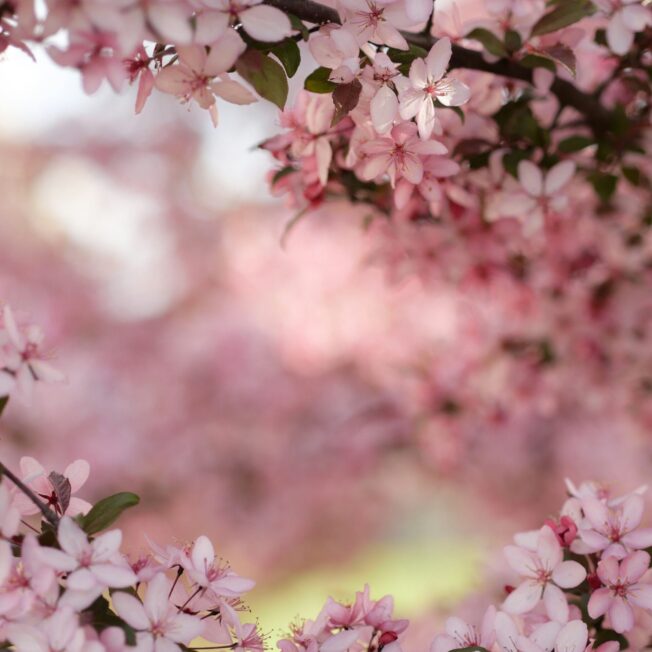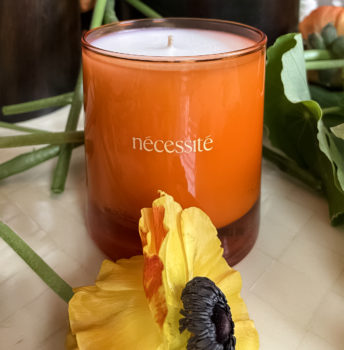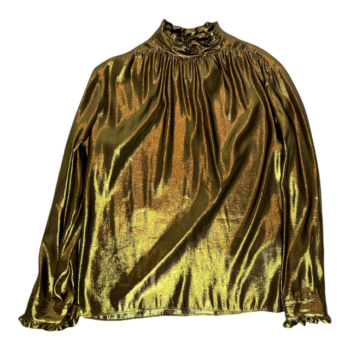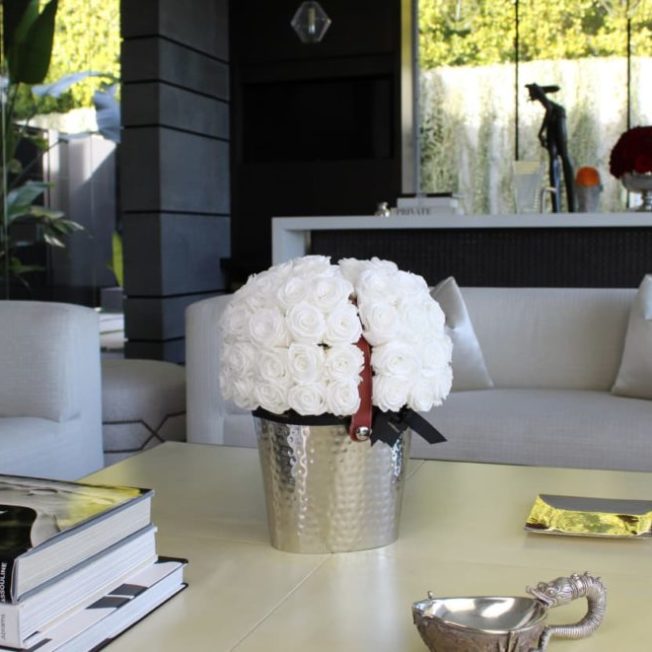You may not have heard of the ancient Indian practice of Vastu Shastra before, but chances are, you’ve heard of its evolved ancient Chinese cousin, Feng Shui. The traditional practice of Vastu Shastra originated over five thousand years ago, around three thousand years before Feng Shui finally showed up on the spacial scene.
Both philosophies encompass an ancient belief system firmly rooted in the belief that an omnipresent flow of universal energy exists in all things. This concept is commonly referred to as ‘Chi” in Chinese and “Prana’ in Hindu. And while ancient, these philosophies can hardly be considered ‘things of the past,’ as both philosophies continue to be utilized in modern interior design around the world today.
Vastu Shastra Vitals
Vastu Shastra relies on three basic principles to be utilized as general guidelines when designing any space. The first rule of Vastu Shastra is known as ‘Bhogadyam,’ a guiding principle that suggests an interior space should be both easy to design and exist in.
The second guiding principle of Vastu Shastra is called ‘Sukha Darsham,’ which dictates that design, as well as the individual materials utilized within a space, are aesthetically pleasing. Last but not least, the third and final guideline of Vastu Shastra is ‘Ramya,’ which suggests a space should incite an overall sense of well being. So to recap, an interior space should be easy to design as well as effortless to dwell in. Also, it should be ‘pleasing to the eye’ and should feel like, well, like ‘home.’
Fundamentals of Feng Shui
Feng Shui values specific concepts such as time, space and action. ‘Earth luck’ affects the energy of space and time while ‘man luck’ is determined by human actions and the use of free will. But fate and destiny? They’re entirely in the hands of ‘heaven luck,’ of course! According to Feng Shui, by shifting the dynamics of our space, we can achieve harmony with the life force energy flow. However, it’s worth noting that if you are currently satisfied with the state of your health, finances, and relationships then Feng Shui suggests you leave well enough
Different Directions
Vastu Shastra and Feng Shui both consider the eight compass directions (ie. N, S, E, W, NE, NW, SE, and SW) when determining decor details; they also draw upon five different elements when deciding a specific space’s ideal structural set-up, as well as the placement of the furniture residing within that space. However, while Vastu Shastra looks to the elements of earth, water, fire, air, and space, Feng Shui calls upon the elements of water, fire, air, wood, and metal to encourage positive energy within a space.
House of a Different Color
When considering the proper color palette, Vastu Shastra relies upon a resident’s specific zodiac sign. In contrast, Feng Shui proposes color palettes should be chosen in accordance with the ruling planet of the specific direction at hand. Ergo, green wall in the South, yellow painting in the West, and orange area rug in the North.
Additionally, Vastu Shastra advocates for bright, bold wall colors, while Feng Shui suggests wall colors should be slightly more subtle; soothing colors such as white, beige, and cream are just a few Feng Shui faves.
Sleep This Way
Vastu Shastra discourages sleeping with the head of your bed facing northward, while Feng Shui encourages sleeping in a bed placed in a commanding position, such as a location where one can view the bedroom door while lying down. But don’t directly align your bed with the door, either. Instead, try placing your bed in a location that is diagonal from the bedroom door.
In Feng Shui, sleeping facing South or Southeast is preferable, although the philosophy acknowledges directions vary from house to house and from person to person and, therefore, rigid adherence to rules regarding direction is not recommended nor is it required to harmonize your home.
Space Goals
Feng Shui and Vastu Shastra may subscribe to several of the same key premises, yet they also both adhere to opposing principles that are fundamentally in complete conflict with beliefs held by the opposing theory. However, ultimately, both belief systems share the same objective; to consciously channel one’s personal energy to align and harmonize with the energy present in their personal space.





















